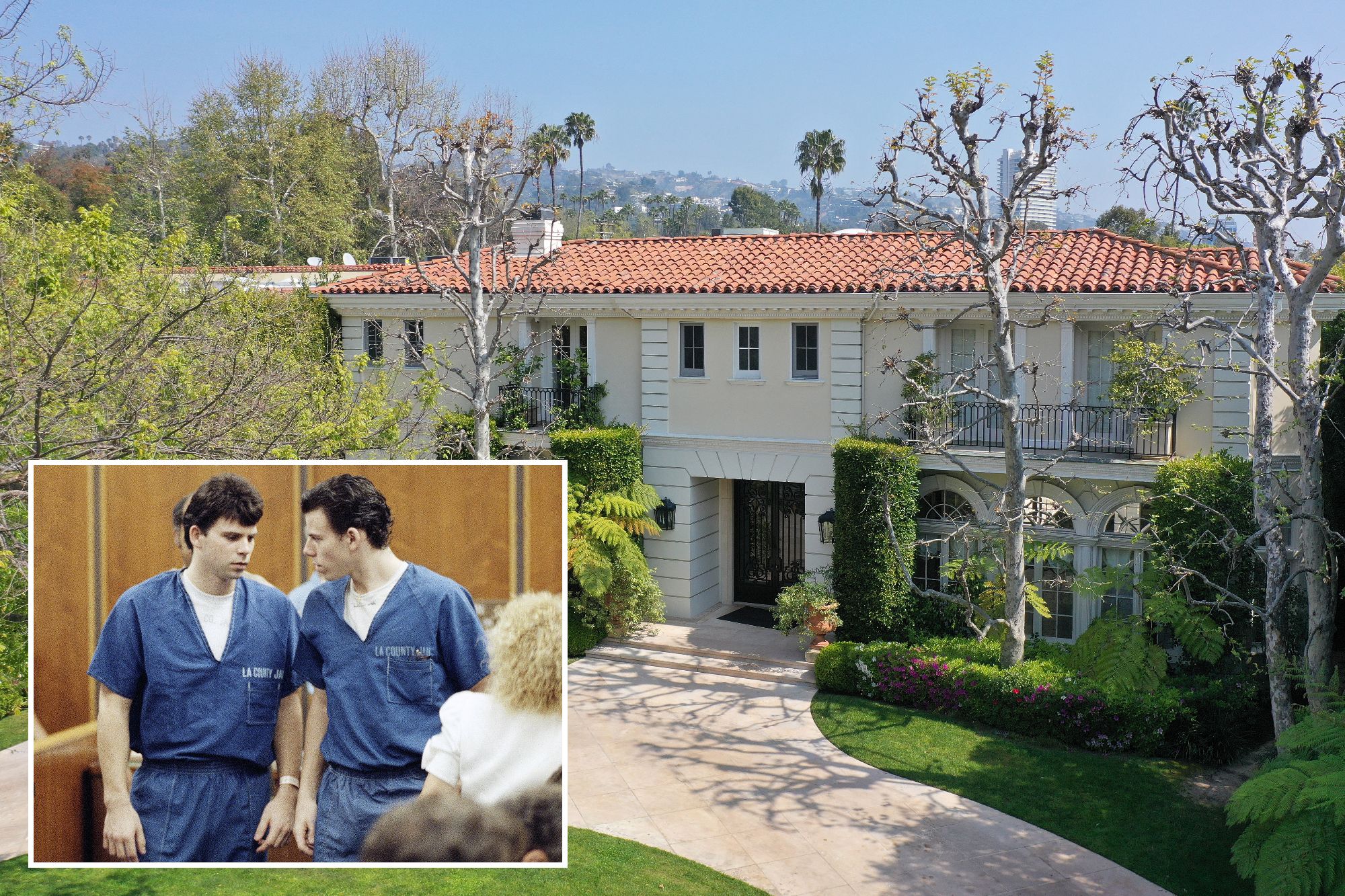
While some people wouldn’t dare set foot on a property where a murder took place, others would be happy to call it their permanent home and even pay a price.
For proof, look no further than Santa Clara, CA, where a home was recently listed just months after news broke that a Google engineer killed his wife inside.
Despite this house’s somber history, it ended up selling for more than $2.1 million.
However, most murder houses tend to go on the market and sell at a steep discount.
For example, Nicole Brown Simpson bought her Brentwood mansion for $625,000 in January 1994.
After the murders of Brown Simpson and Ron Goldman on the property, the LA home was listed for sale in 1995 for $795,000.
It appeared on the market until 1996, when it sold for $520,000. In 2006, after a remodel and a clever address change, the house changed hands again, for $1.72 million.
With the right changes, a man can find a new lease on life, so to speak.
In 1989, Erik and Lyle Menendez murdered their parents, Jose and Mary “Kitty” Menendez, in their home in Beverly Hills, CA.
The Menendez family bought the mansion for $4 million a year ago. It has sold twice since the murders, including this March for $17 million.
That high price certainly sounds like a success story, but forensic appraiser Orell Anderson, president of Strategic Property Analytics, estimates it was roughly 25% below market value.
Why most murder houses sell at a discount
According to the National Association of Realtors, foreclosure homes fall under a much-maligned category of “blighted properties,” which tend to be challenging to sell.
(These also include homes where a suicide or violent crime has occurred, or where the location is near a cemetery or a neighboring murder home.)
This stigma can affect a property’s value so significantly that, in many states, home sellers are required by law to disclose whether a homicide has occurred in their home, similar to disclosure of past floods or infestations. of termites.
However, in other states, such as Connecticut, sellers are required to disclose that a homicide has occurred in the home only if the buyer requests it. Still other states have no such disclosure requirement.
“I’ve probably been involved in more killer home deals than I realize,” says Connecticut-based realtor Kate Joynt, who owns Atmosphere Real Estate Services. “Some states require information and some don’t. If you go to a foreclosure and you don’t know, you’re pretty screwed. Everyone’s turned off by something grotesque going on at a property.â€
As for how long homicide homes can sit on the market, Joynt says the length of time is directly related to sellers’ willingness to discount it to sell. This reduces your pool of buyers, so then you have to lower the price. You have to get that price right.â€
However, a price cut may not be the only obstacle to a killing house.
For example, if a house is known for a tragic event that occurred on the property, detectives and true crime enthusiasts may be drawn to view the property and take pictures.
But in Joynt’s experience, most home buyers have a price in mind that will turn a “killer house” into a livable property.
“I also think there’s just a group of people who just won’t care,” Joynt says. “Some people live practically and are less sensitive to ‘the right price’.”
#Buying #house #kill #save #bundle #handle #terror
Image Source : nypost.com